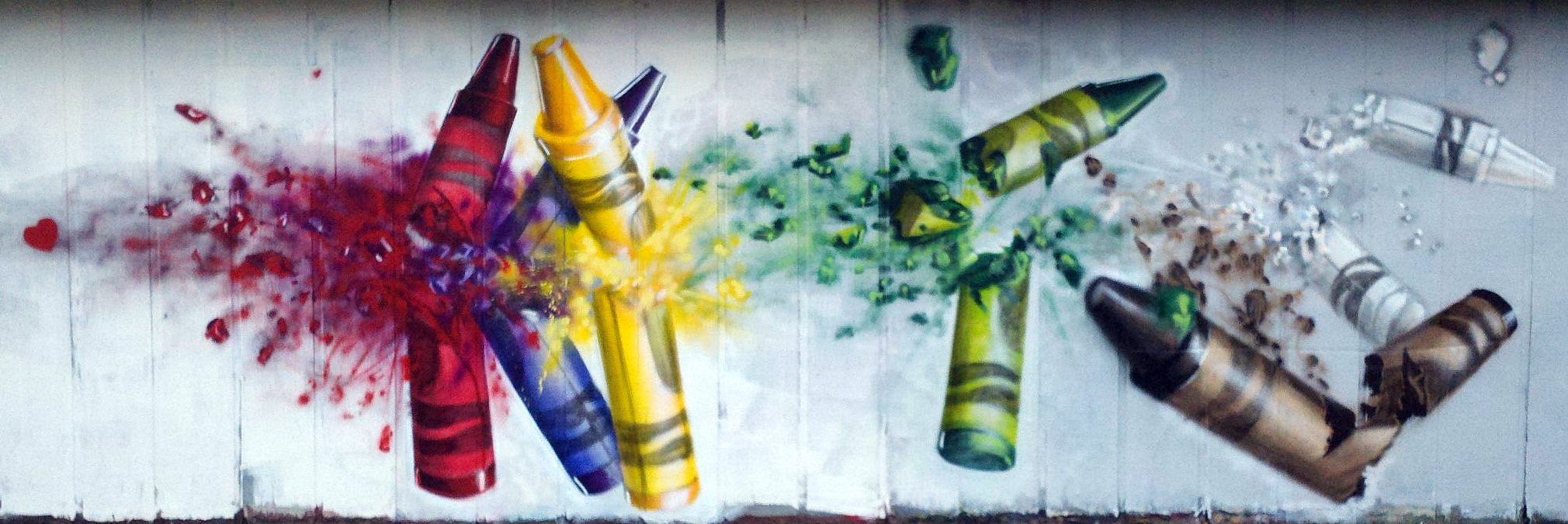
ADAM LANZA walked into Sandy Hook Elementary School six years ago today determined to kill.
He had killed his mother at her home in Newtown, Conn., before taking three of the guns she owned and heading to the school. There, he shot his way into the building and began a rampage that left 26 people dead, including 20 first-graders. Lanza then killed himself.
Recent reporting by the Hartford Courant shows the extent of the 20-year-old’s psychosis. The newspaper used the Freedom of Information Act to secure the release of more than a thousand documents from the law enforcement investigation into the massacre, revealing a deeply troubled young man.
Lanza kept a detailed spreadsheet of mass murder incidents dating to 1786, organized by the number of fatalities. His writings reflect a mental illness that was never adequately addressed in his lifetime. Together, they illumine the bloody path the killer seemed determined to walk.
In the immediate aftermath of that tragedy, Americans — outraged by the slaughter of children and heartbroken over young lives cut short — pledged to take action, to finally confront the nation’s obsession with firearms and to improve access to mental health care.
Yet in the years since, we have failed on both counts.
Lanza’s rampage stands as the fourth-deadliest mass shooting in American history. The two deadliest took place after Sandy Hook — in Las Vegas, where 58 people were killed at a country music festival in 2017, and in Orlando, Fla., where 49 people were killed at a nightclub.
The third-deadliest is closer to home: the 2007 shooting at Virginia Tech that claimed the lives of 32 students and instructors.
It is a bit of an outlier since five of the 10 deadliest mass casualty shootings in the nation’s history occurred after Lanza’s massacre in 2012. Many of the shooters used assault-style weapons that enable a gunman to fire a lot of bullets very quickly, and several of the guns were outfitted with large-capacity magazines that reduce the need to reload.
Congress has failed to pass meaningful legislation to limit access to these weapons. An assault weapons ban and a bill that would have created a universal background check system both failed months after the Sandy Hook shooting.
The good news is that violent crime in America continues to decline. But mass casualty shootings — in schools, churches, synagogues, nightclubs, community centers, restaurants and every other kind of public venue — persist, as do homicides and other violence inflicted by handguns, shotguns or other firearms.
Every year, about 14,000 Americans are shot and killed as a result of murder, unintentional shootings, police intervention or a reason that cannot be determined. And lawmakers have done precious little to address that epidemic.
It is important to note that the thousands of people killed by guns in those situations are eclipsed by those who use firearms to commit suicide. Approximately 21,000 Americans each year use a gun to take their own life.
Not only does that underscore a deadly truth about firearm possession — namely, that the presence of a gun in a home correlates with the risk of suicide — but it demonstrates the woeful inadequacy of the nation’s mental health system.
While few people with mental illness are prone to act violently toward themselves or others, the United States continues to see individuals such as Lanza lash out with devastating effect.
It is vital that the nation do more to reduce the stigma surrounding mental health and to put the issue on equal footing with physical health when considering someone’s well being. We must do more to break down obstacles to seeking mental health treatment, including the cost.
And, of course, we must erect barriers to firearms for those who cannot handle them responsibly or who would use them with ill intent. Enforcement of existing rules must be conducted more effectively.
Six years ago, after Sandy Hook, the United States pledged to do better. That it has yet to follow through should haunt us all.

